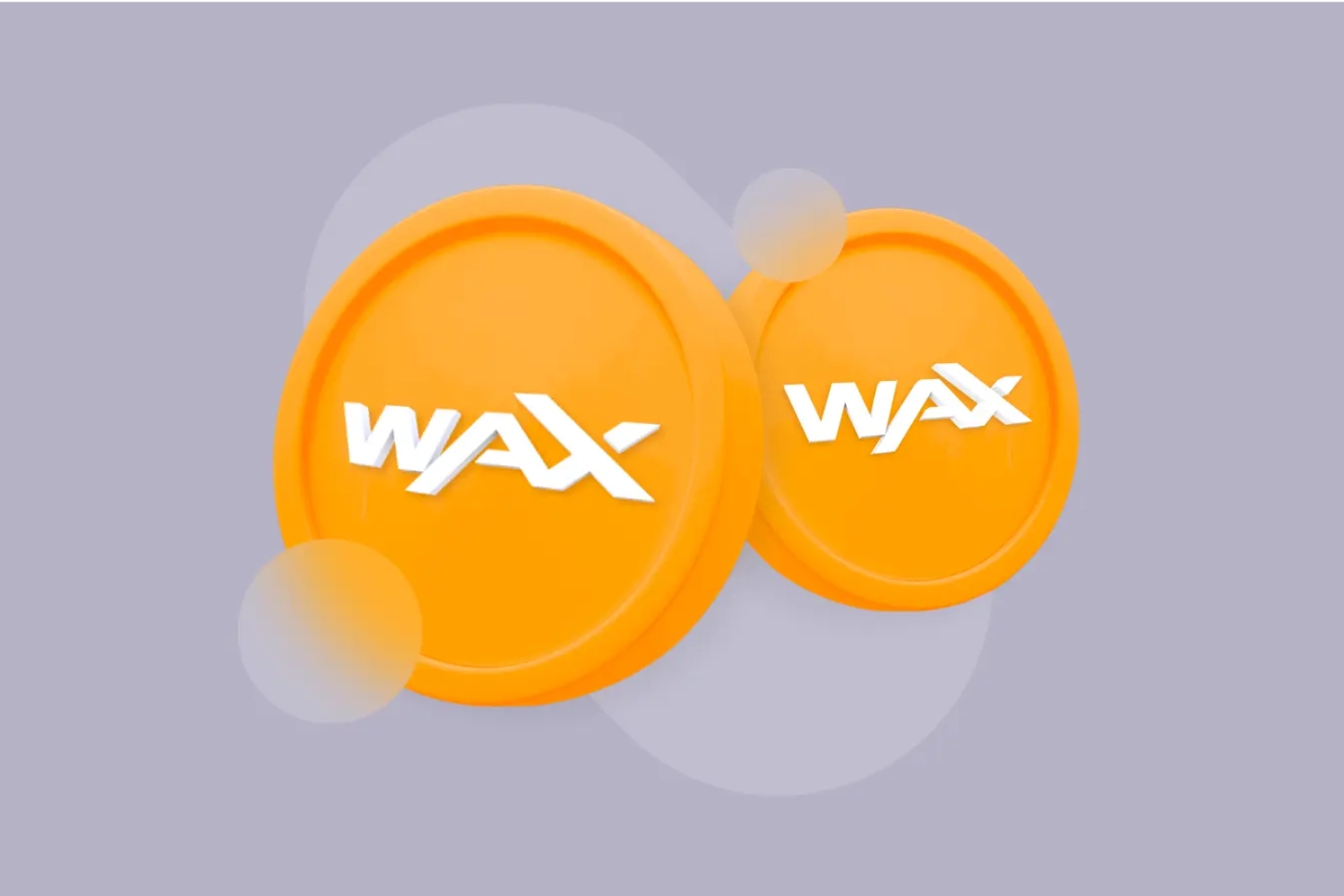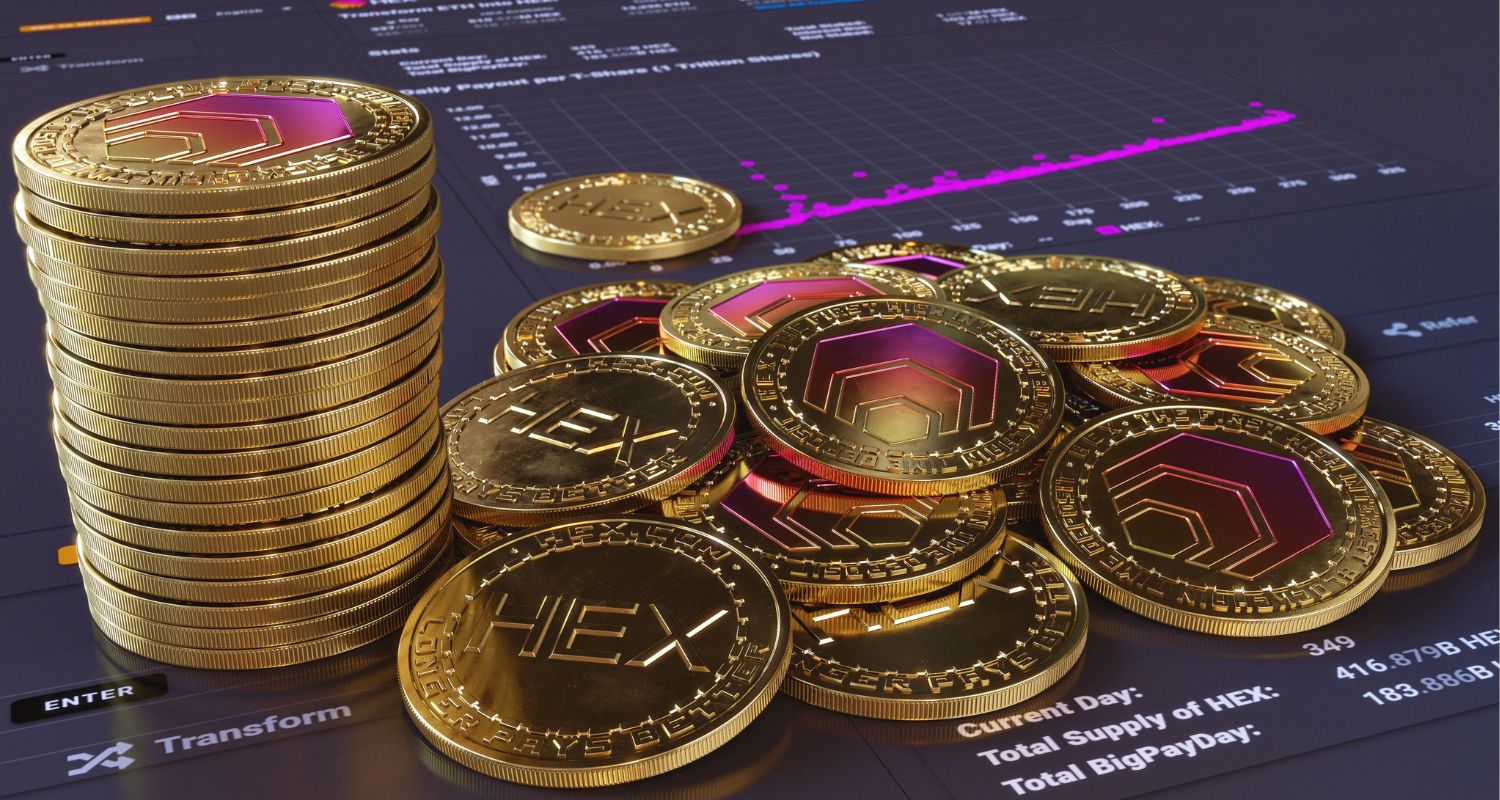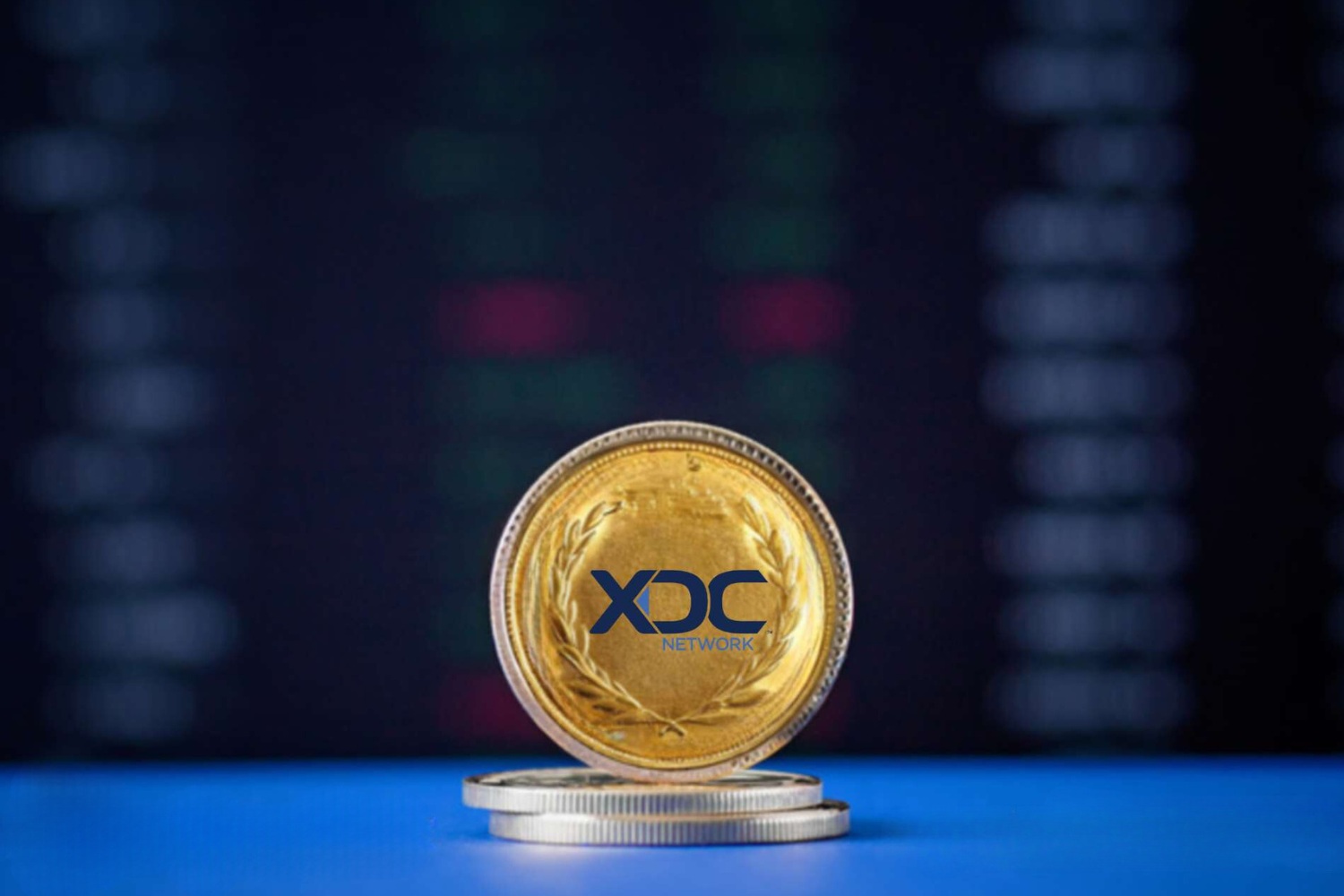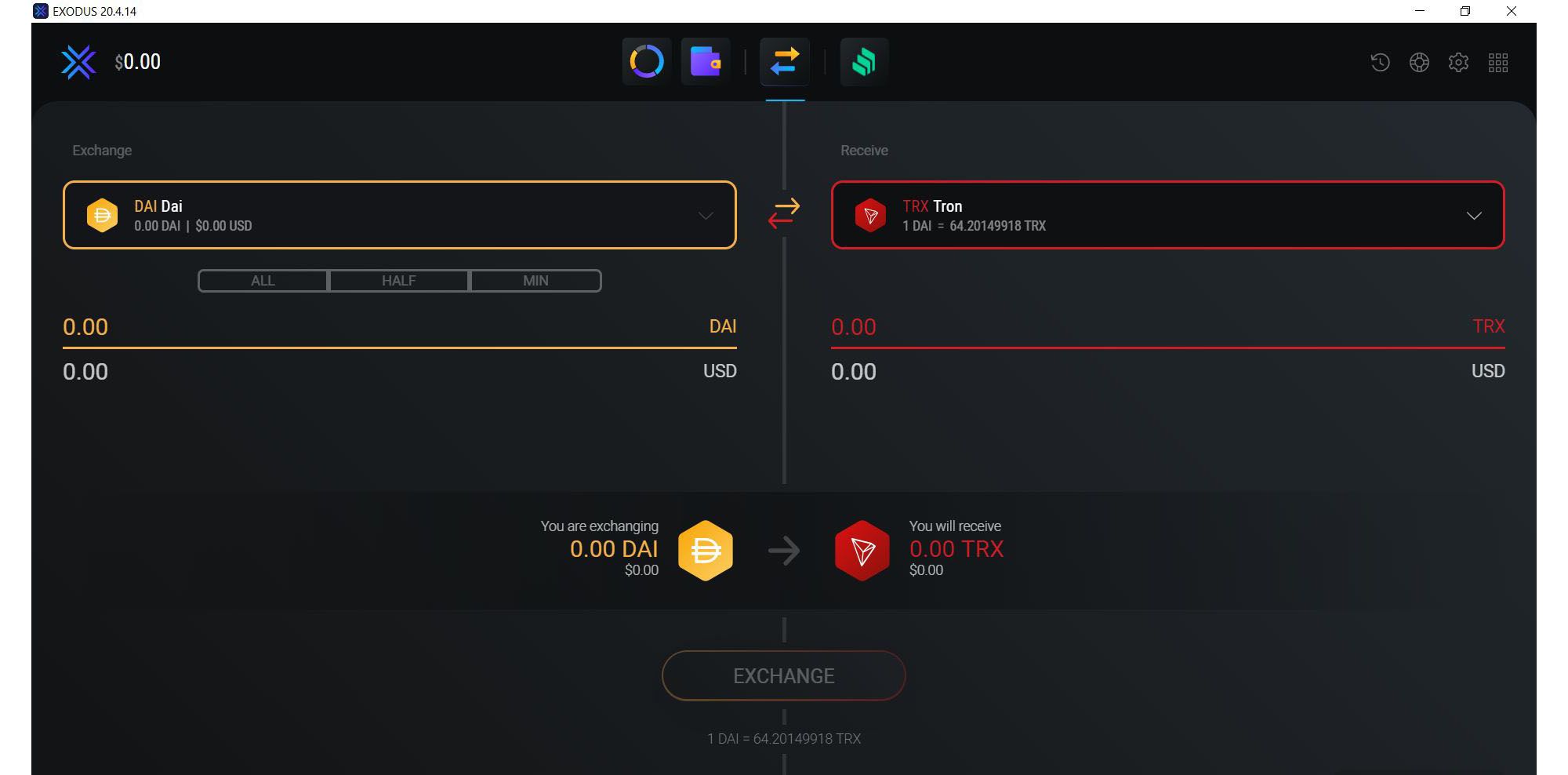Introduction
Over the last decade, cryptocurrency has gained significant popularity as a digital form of monetary exchange. With its decentralized nature, high potential for investment returns, and increasing acceptance by mainstream businesses, many individuals are now considering buying crypto. However, for those new to the world of cryptocurrency, the process of acquiring it can seem perplexing and overwhelming.
If you find yourself wondering, “Where can I buy crypto?”, you’re not alone. Fortunately, there are several avenues available to purchase cryptocurrencies like Bitcoin, Ethereum, and Litecoin. Each method has its own set of advantages and considerations, making it important to understand your options before diving in.
In this article, we will explore various ways to buy crypto and highlight the factors you should consider before making a purchase. Whether you’re a seasoned investor or a complete beginner, this guide will help you navigate the ever-evolving landscape of cryptocurrency exchanges and platforms.
It’s worth noting that buying cryptocurrency involves a certain degree of risk, as the value of digital assets can fluctuate significantly. It’s essential to carefully consider your financial goals, risk tolerance, and investment strategy before venturing into the world of crypto. With that in mind, let’s dive into the different options available for buying crypto.
Factors to Consider Before Buying Crypto
Before diving into the world of cryptocurrency, there are several crucial factors that you should consider. It’s essential to have a clear understanding of these factors to make informed decisions and minimize potential risks. Here are some key considerations:
- Volatility: Cryptocurrency prices are highly volatile, which means they can experience significant fluctuations within short periods. It’s important to be aware of this volatility and understand the potential risks involved before investing.
- Risk tolerance: Assess your risk tolerance level. Cryptocurrency investments can be speculative and may not be suitable for everyone. Evaluate your financial situation, investment goals, and willingness to tolerate potential losses.
- Research: Thoroughly research the specific cryptocurrency you are interested in purchasing. Familiarize yourself with its underlying technology, adoption rate, and potential future developments. Stay updated on market trends and news that may impact its value.
- Security: Ensure that you take proper security measures to protect your cryptocurrency investments. Understand the precautions necessary to safeguard your digital assets, such as using strong passwords, enabling two-factor authentication, and utilizing hardware wallets.
- Liquidity: Consider the liquidity of the cryptocurrency you wish to buy. Higher liquidity means that the asset can be easily converted into cash. Liquidity can impact the ease with which you can buy or sell the cryptocurrency.
- Regulation: Stay informed about cryptocurrency regulations in your jurisdiction. Different countries have varying levels of regulation, which can affect the legality and ease of buying and selling cryptocurrencies.
By considering these factors, you can develop a better understanding of the potential risks involved in cryptocurrency investments and make informed decisions based on your individual circumstances. Remember, it’s crucial to educate yourself and assess your personal financial situation before proceeding with any crypto purchases.
Online Exchanges
Online exchanges are one of the most popular and accessible avenues for buying cryptocurrencies. These platforms act as intermediaries, connecting buyers and sellers of digital assets. Here’s how they typically work: users create accounts on the exchange, deposit funds, and then use these funds to buy cryptocurrencies at market prices.
There are a wide variety of online exchanges to choose from, each with its own features, fees, and security measures. Some well-known exchanges include Coinbase, Binance, Kraken, and Bitstamp. When selecting an exchange, it’s important to consider factors such as user interface, security protocols, customer support, and the range of cryptocurrencies offered.
To buy crypto on an exchange, you’ll typically need to follow these steps:
- Create an account: Sign up for an account on the exchange by providing the necessary information.
- Complete identity verification: Most reputable exchanges require users to undergo a verification process to comply with Know Your Customer (KYC) and anti-money laundering (AML) regulations.
- Deposit funds: Once your account is set up and verified, you can deposit funds into your exchange wallet. This can usually be done via bank transfer or by using supported payment methods such as credit/debit cards or digital payment platforms.
- Place an order: Choose the cryptocurrency you wish to purchase and specify the amount you want to buy. The exchange will execute the order based on the current market price.
- Secure your assets: After the purchase is complete, it’s essential to transfer your cryptocurrencies to a secure wallet to protect your investment. Leaving your assets on the exchange exposes them to potential security risks.
While online exchanges offer convenience and a wide range of cryptocurrency options, it’s important to be cautious and choose reputable platforms with robust security measures. Additionally, keep in mind that exchanges may charge transaction fees, so it’s important to familiarize yourself with the fee structure before making any purchases.
Peer-to-Peer (P2P) Platforms
Peer-to-Peer (P2P) platforms provide an alternative way to buy cryptocurrencies directly from other individuals, eliminating the need for intermediaries like traditional exchanges. These platforms connect buyers and sellers directly, allowing them to negotiate prices and complete transactions securely.
P2P platforms provide a decentralized marketplace where users can buy and sell cryptocurrencies using various payment methods. Some popular P2P platforms include LocalBitcoins, Paxful, and Bisq. These platforms offer a wide range of cryptocurrencies, allowing users to choose from different coins and tokens.
To buy crypto on a P2P platform, follow these general steps:
- Create an account: Sign up for an account on the P2P platform, completing any necessary verification processes.
- Search for offers: Browse through the available listings to find a suitable seller offering the desired cryptocurrency.
- Negotiate and finalize the transaction: Communicate with the seller to negotiate the price, payment method, and terms of the transaction. Once both parties agree, proceed with the transaction.
- Complete the payment: Transfer the agreed-upon payment to the seller using the specified payment method, such as bank transfer, cash deposit, or digital wallets.
- Secure your assets: After the transaction is completed, make sure to transfer the purchased cryptocurrencies to a secure wallet that you control, ensuring the safety of your digital assets.
P2P platforms offer greater flexibility and privacy compared to traditional exchanges. They also enable users to trade in regions where access to centralized exchanges may be limited. However, it’s important to exercise caution when using P2P platforms and consider the reputation and trustworthiness of the sellers before initiating any transactions.
Additionally, be mindful of potential fraud risks when dealing with individuals directly. It’s recommended to use escrow services provided by the P2P platforms to ensure a secure transaction. These services hold the funds in escrow until both parties confirm that the transaction is completed satisfactorily.
Over-the-Counter (OTC) Markets
Over-the-counter (OTC) markets provide another avenue for buying or selling cryptocurrencies. Unlike exchanges and P2P platforms, OTC markets involve direct transactions between buyers and sellers facilitated by OTC brokers or firms. These markets are particularly popular among institutional investors and high-net-worth individuals looking to trade large volumes of cryptocurrency.
OTC markets offer several advantages over traditional exchanges, including enhanced privacy, access to liquidity, and the ability to execute large trades without causing significant price fluctuations. Here’s how the process typically works:
- Find an OTC broker or firm: To participate in OTC markets, you’ll need to connect with a reputable OTC broker or firm. These entities specialize in facilitating large-scale cryptocurrency transactions.
- Negotiate terms: Once you’ve selected a broker, you’ll work with them to negotiate the terms of your transaction, including the price, quantity, and any additional services offered.
- Complete the transaction: After finalizing the details, the broker will execute the trade on your behalf, usually with the help of their network of counterparties. The process may involve multiple bids and offers to achieve the best possible price.
- Settlement and delivery: Once the transaction is complete, settlement and delivery of the purchased cryptocurrencies will be arranged according to the agreed-upon terms.
OTC markets provide a more personalized and tailored approach to buying cryptocurrencies. By working with an OTC broker, investors can access competitive prices, professional guidance, and a higher level of service. This can be particularly beneficial for those seeking to execute large trades with minimal market impact or maintain a higher level of privacy.
However, it’s important to note that OTC markets are predominantly geared towards institutional and high-volume traders. As an individual investor, accessing OTC markets may be more challenging, and the minimum transaction sizes are typically higher compared to exchanges or P2P platforms. Additionally, due diligence and careful research are crucial when selecting an OTC broker to ensure legitimacy and security.
Cryptocurrency ATMs
Cryptocurrency ATMs, also known as Bitcoin ATMs or BTMs, provide a convenient way to buy cryptocurrencies using cash or debit/credit cards. These machines resemble traditional ATMs but are specifically designed for purchasing and selling digital assets. Cryptocurrency ATMs are becoming increasingly popular worldwide, offering a user-friendly and instant option for acquiring cryptocurrencies.
To use a cryptocurrency ATM, follow these general steps:
- Locate a cryptocurrency ATM: Use online directories or smartphone applications to find a nearby cryptocurrency ATM. These directories provide information about the available cryptocurrencies and types of transactions supported.
- Choose the cryptocurrency and enter your wallet address: Select the cryptocurrency you wish to purchase and have a digital wallet address ready to receive the funds.
- Follow the prompts: Depending on the specific ATM, you may need to provide identification, such as a phone number or a government-issued ID, to comply with KYC/AML regulations. Some ATMs may require biometric verification.
- Select the amount: Choose the amount of cryptocurrency you want to buy or the equivalent value in your local currency.
- Insert cash or use a debit/credit card: Follow the instructions on the screen to insert cash into the machine or swipe your debit/credit card for payment.
- Confirm the transaction: Review the details of your purchase on the ATM screen and confirm the transaction.
- Receive the cryptocurrency: Once the transaction is complete, the purchased cryptocurrency will be sent to your provided wallet address.
Cryptocurrency ATMs offer a quick and accessible way to buy cryptocurrencies, especially for individuals who prefer to use cash or debit/credit cards. They are particularly beneficial for those who value privacy and want to avoid linking their personal bank accounts to a cryptocurrency exchange. However, it’s important to note that cryptocurrency ATMs may have higher fees compared to online exchanges.
Furthermore, availability and the range of cryptocurrencies supported can vary from one ATM to another. Bitcoin is the most commonly available cryptocurrency, but some ATMs also support other popular coins such as Ethereum, Litecoin, and Bitcoin Cash. Before using a cryptocurrency ATM, consider factors such as fees, location, supported cryptocurrencies, and transaction limits to ensure it meets your requirements.
Debit/Credit Card Purchases
One of the easiest and most popular methods to buy cryptocurrency is through debit or credit card purchases. This method allows you to conveniently and securely purchase cryptocurrencies using your existing bank cards. Many cryptocurrency exchanges and online platforms accept debit/credit card payments, making it accessible to a wide range of users.
To buy crypto using a debit or credit card, follow these general steps:
- Create an account: Sign up for an account on a reputable cryptocurrency exchange or platform that accepts debit/credit card payments. Complete any necessary identity verification processes.
- Link your card: Connect your debit or credit card to your account. This usually involves providing the card details and verifying ownership.
- Choose the cryptocurrency and amount: Select the cryptocurrency you want to purchase and specify the amount or the equivalent value in your local currency.
- Enter payment details: Enter your card details, including the card number, expiration date, and CVV code.
- Confirm the transaction: Review the details of your purchase and confirm the transaction. The exchange or platform will charge your card for the specified amount.
- Receive the cryptocurrency: Once the transaction is completed, the purchased cryptocurrency will be credited to your account or wallet on the platform.
Buying cryptocurrency with a debit or credit card offers convenience and quick accessibility. It eliminates the need for bank transfers or other payment methods and allows you to get started in the world of crypto instantly. However, it’s important to note that using a card for crypto purchases may involve higher fees compared to other payment methods, such as bank transfers.
Before making any purchases, consider the fees associated with debit/credit card transactions, including transaction fees and potential foreign exchange fees if you’re buying cryptocurrencies in a different currency. Additionally, ensure that the cryptocurrency exchange or platform you choose is trustworthy, has a good reputation, and provides a secure environment for your transactions.
Lastly, keep in mind that some banks may impose restrictions on cryptocurrency purchases using debit or credit cards. It’s advisable to check with your bank beforehand to understand any potential limitations or additional charges that may arise from buying cryptocurrencies.
Crypto Wallets with Built-in Exchanges
Crypto wallets with built-in exchanges offer a convenient all-in-one solution for buying and storing cryptocurrencies. These wallets not only provide a secure way to store your digital assets but also allow you to directly purchase cryptocurrencies within the wallet interface. This eliminates the need to use external exchanges or platforms, streamlining the entire process.
When using a wallet with a built-in exchange, you can typically follow these steps to buy crypto:
- Choose a wallet: Select a reputable cryptocurrency wallet that offers built-in exchange functionality. Some popular wallet options include Exodus, Coinomi, and Jaxx.
- Create a wallet: Set up a wallet by following the instructions provided by the wallet provider. Make sure to securely back up your wallet’s recovery seed phrase or private keys.
- Link your payment method: Connect your debit/credit card or bank account to your wallet, if supported. Some wallets may also allow you to use other cryptocurrencies as a payment method.
- Select the cryptocurrency: Choose the cryptocurrency you wish to purchase from the available options within the wallet.
- Specify the amount: Enter the desired amount of the selected cryptocurrency that you want to buy.
- Confirm the purchase: Review the transaction details and confirm the purchase within the wallet interface. The wallet’s built-in exchange will execute the order based on the current market price.
- Receive the cryptocurrency: Once the transaction is completed, the purchased cryptocurrency will be deposited directly into your wallet.
Crypto wallets with built-in exchanges offer convenience by providing a seamless experience for both storing and buying cryptocurrencies. They eliminate the need to transfer funds between different platforms and reduce the potential security risks associated with external exchanges.
However, it’s important to research and choose a reputable wallet provider to ensure the security and reliability of your digital assets. Look for wallets that have a strong track record, positive user reviews, and robust security measures such as two-factor authentication and encryption.
It’s worth noting that fees may still apply when buying cryptocurrencies within a wallet. These fees can vary depending on the wallet provider and the specific transaction. Make sure to familiarize yourself with the fee structure of the wallet and compare it to other buying methods to ensure you are getting the best value for your purchases.
Conclusion
In conclusion, there are various avenues available for buying cryptocurrencies, each with its own advantages and considerations. Whether you choose to use online exchanges, peer-to-peer platforms, over-the-counter markets, cryptocurrency ATMs, debit/credit card purchases, or wallets with built-in exchanges, it’s crucial to approach the process with careful consideration and research.
Before buying crypto, it’s important to take into account factors such as the volatility of the cryptocurrency market, your risk tolerance, and the research you have done on the specific cryptocurrency you wish to purchase. Understanding security measures, liquidity, and regulatory factors can also help you make more informed decisions.
Online exchanges offer convenience and a wide range of cryptocurrency options but require careful consideration of security and fees. Peer-to-peer platforms provide a decentralized approach and offer more privacy but may involve higher risks. Over-the-counter markets provide personalized service for larger transactions but may have higher minimum requirements.
Cryptocurrency ATMs allow for quick and convenient purchases, especially with cash or debit/credit cards, but come with potential fees and limited availability. Debit/credit card purchases offer accessibility and ease, but require consideration of fees and potential limitations from your bank. Wallets with built-in exchanges provide a seamless experience for buying and storing cryptocurrencies but require research to choose a reputable provider.
Ultimately, the choice of where to buy crypto depends on your individual preferences, needs, and circumstances. It’s important to stay informed, exercise caution, and only invest what you can afford to lose in the volatile world of cryptocurrencies. By considering these factors and understanding the options available to you, you can navigate the process of buying crypto with confidence and make informed decisions as you enter the exciting realm of digital currencies.

























